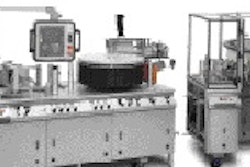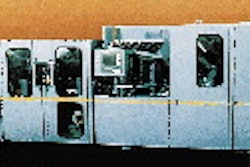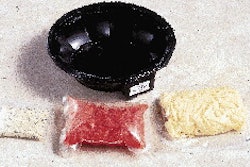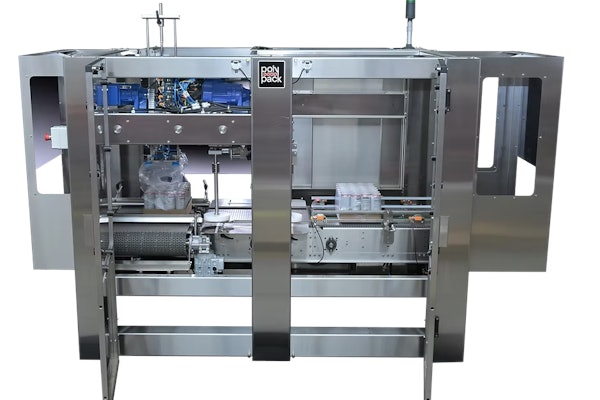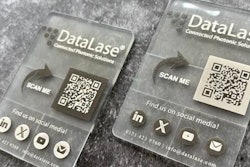While many packaging producers grapple with the new MACT emission issues, one supplier cautions them to be equally cognizant of OSHA requirements. "In fact," says Cliff Gittere of Pierce & Stevens Corp. (Buffalo, NY), "one issue that gets in the way of achieving full OSHA compliance is an EPA-mandated control that increases the incidence of chemical exposure limits in the factory. That potentially puts workers at risk." Gittere, a business unit manager for flexible packaging adhesives, explains the conflict in more detail: "For the EPA, a converting plant has to demonstrate a characteristic called 'capture efficiency.' This measures how well a company's printing equipment can capture all of the volatile organic compounds (VOCs) present during printing and transfer them to the incinerator. To calculate the capture efficiency factor usually requires building an enclosure around the entire press to measure fugitive emissions that have escaped the capture system. "However," Gittere continues, "employees need to work inside the press enclosure, and the potential exists for the concentration of solvents to become very high in the enclosure. In turn, this could make chemical exposure within the factory too high for OSHA's limits. Isn't it ironic that this potential OSHA violation really began as a converter's method to meet EPA regulations?" he asks. EPA's designated list of 188 hazardous air pollutants (HAPs) is another issue that could pit OSHA vs EPA regulations. EPA has designated overall emission levels for each, and these levels are adapted to local situations. Companies have only a few ways to meet the emission levels without increasing worker exposure: enclosing the application area and the use of oxidizers to burn solvents, or converting to non-HAP materials. Regardless of the method chosen, experts predict that regulations will continue to make it expensive to use solvents. "In terms of air pollution regulations, the U.S. EPA is going to continue to make it more expensive and politically incorrect to use any type of petroleum-based chemical," predicts Mark Wygonik, director of technology and regulatory affairs at the Flexible Packaging Assn. (Washington, D.C.). EPA has pledged to more work more closely with the industries it regulates. However, FPA argues that regulations be targeted at real risks, and only when benefits outweigh costs. One example would be if EPA determined compliance to a standard on a plant-wide basis, rather than by individual lines. FPA estimates that this change alone could reduce yearly reporting and recordkeeping costs per plant by $20ꯠ to $250ꯠ.
Packaging suppliers in headlights of MACT truck (sidebar)
OSHA complicates EPA compliance
Jul 31, 1998
Companies in this article
Machinery Basics
Annual Outlook Report: Workforce
Hiring remains a major challenge in packaging, with 78% struggling to fill unskilled roles and 84% lacking experienced workers. As automation grows, companies must rethink hiring and training. Download the full report for key insights.
Download Now
Conveyor setup secrets from top CPG manufacturers
7 proven steps to eliminate downtime and boost packaging line efficiency. Free expert playbook reveals maintenance, sequencing, and handling strategies.
Read More
